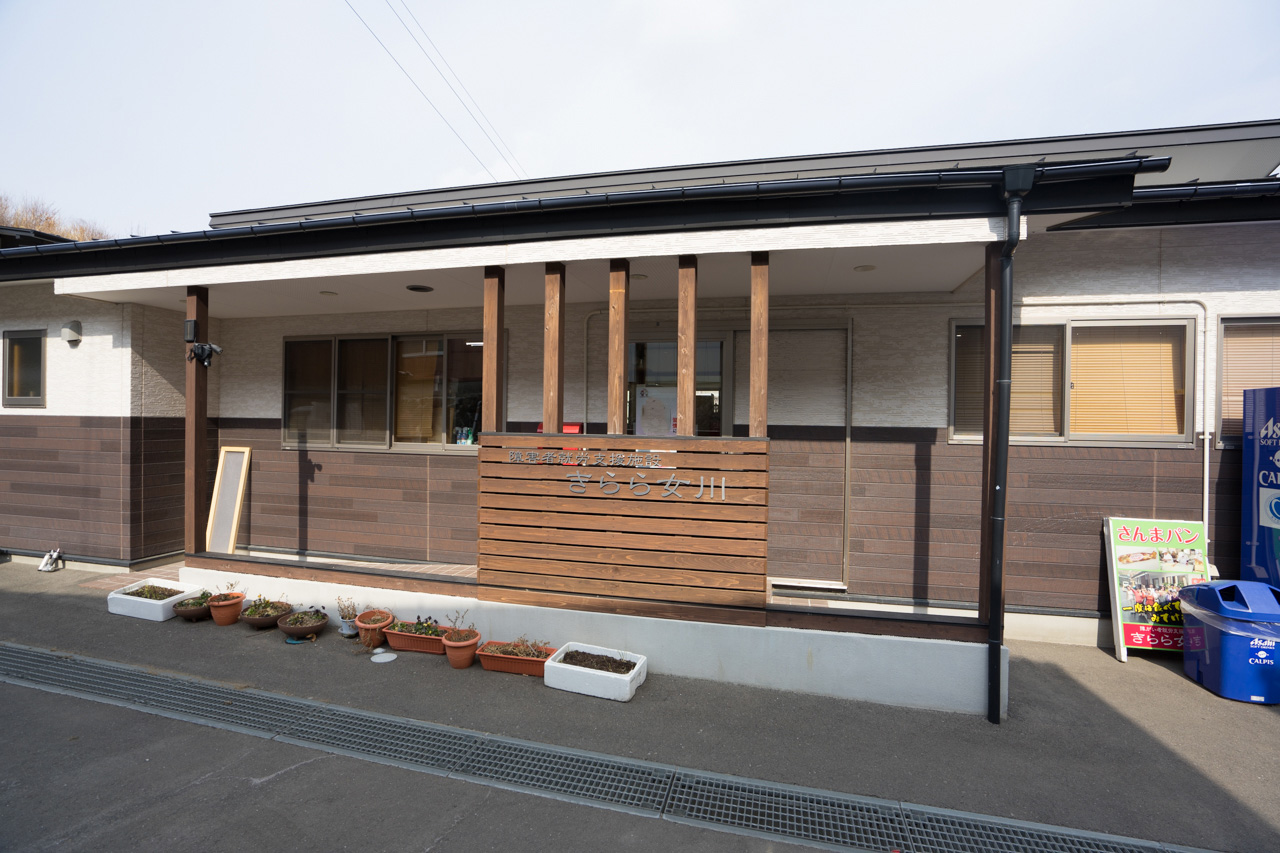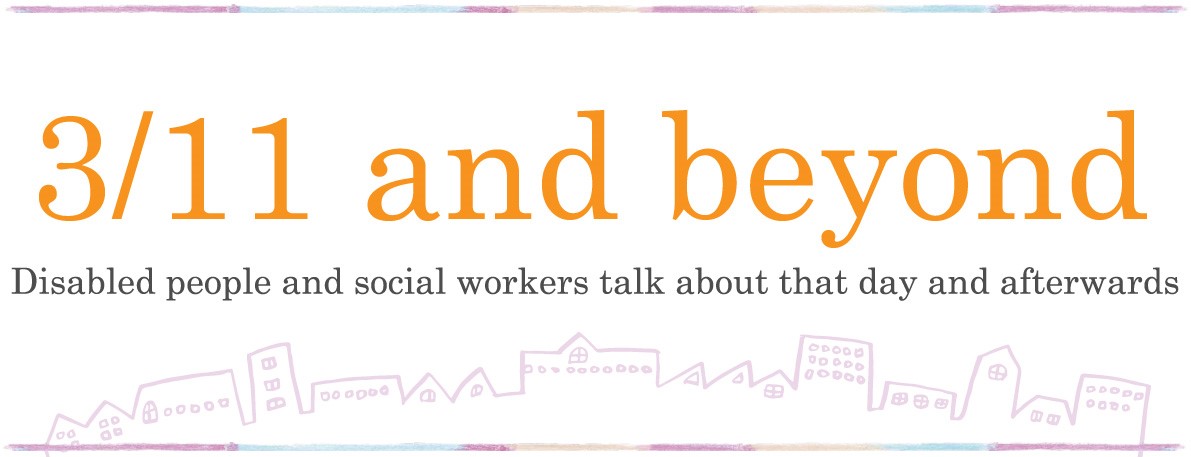
Restarting

You restarted the workshop in Onagawa two years after the disaster. How were the people working there at the beginning?
When the reopening of the workshop was decided, people finally opened their mind and told frankly “I have been waiting all the time” or “It’s been so long.” Yes, they were holding their true feelings. Some were even worried how I was doing.
They were filled of hope, and their happiness was far beyond any words could express, I believe.
However, our place was the first built structure in town after the disaster, and many residents and companies were still struggling in rebuilding their lives and premises. I was hesitant to openly celebrate our achievement.
You felt some kind of constraint because there were gaps between who had basic necessities and who didn’t, and your place was the first building to have been built after the disaster.
I myself felt very difficult not to have place to go or work to do while I was in the evacuation center. I wanted to keep my work all my life if possible. I imagine our trainees who had worked at the workshop felt the same.
As we restarted, trainees felt so happy about the simple fact they had work to do, and they enjoyed it so much. They committed to the work and completed the tasks very quick. They are still very eager to work and they even look for more thing to do.
What do you think is keeping the motivation of both staff and the trainees?
It’s the fact that they have work to do. The most difficult part of vocational support projects is to create jobs, but it is the challenge staff members have to take. As the name “vocational support” clearly suggests, we always have to face this issue.



